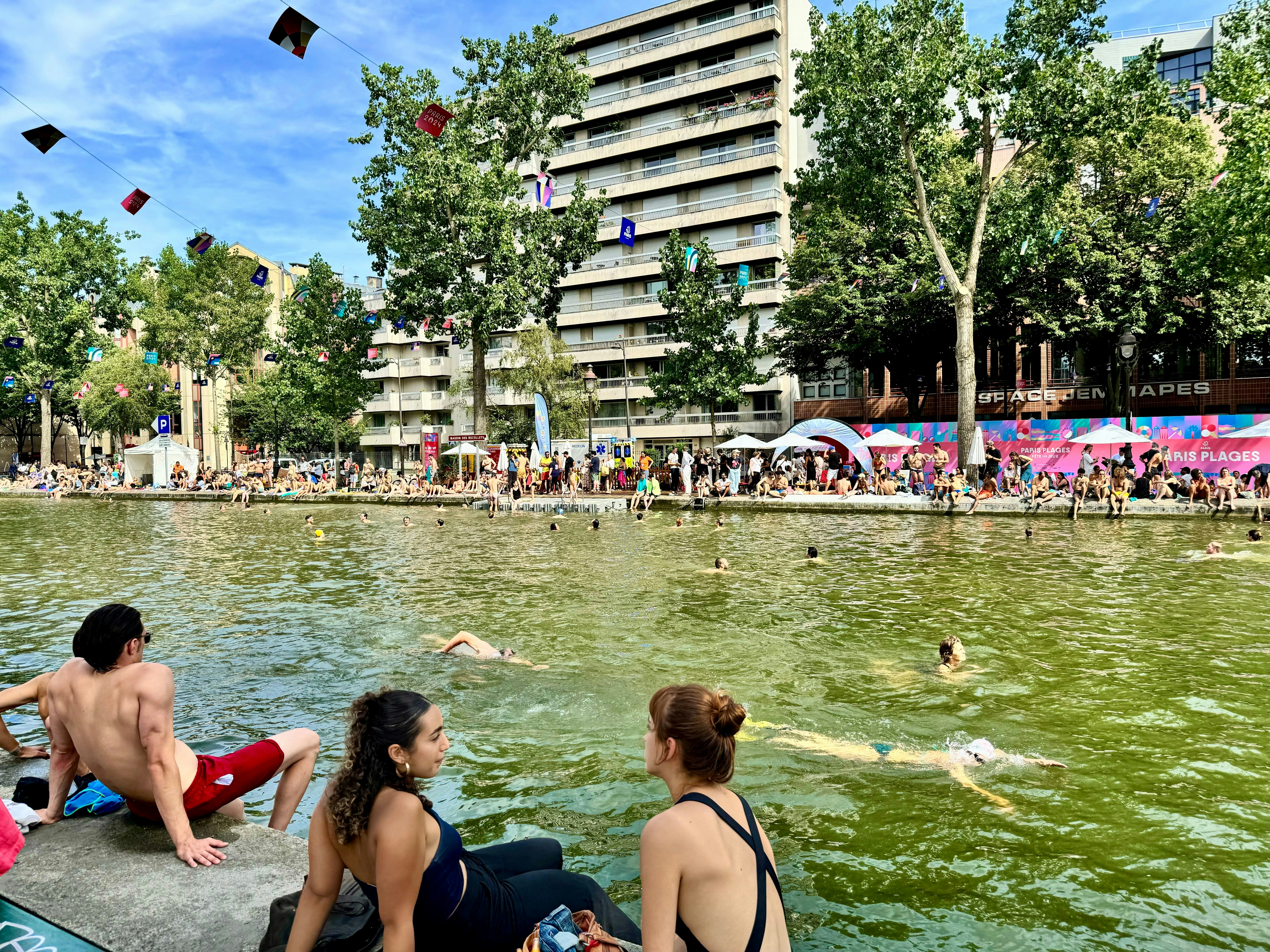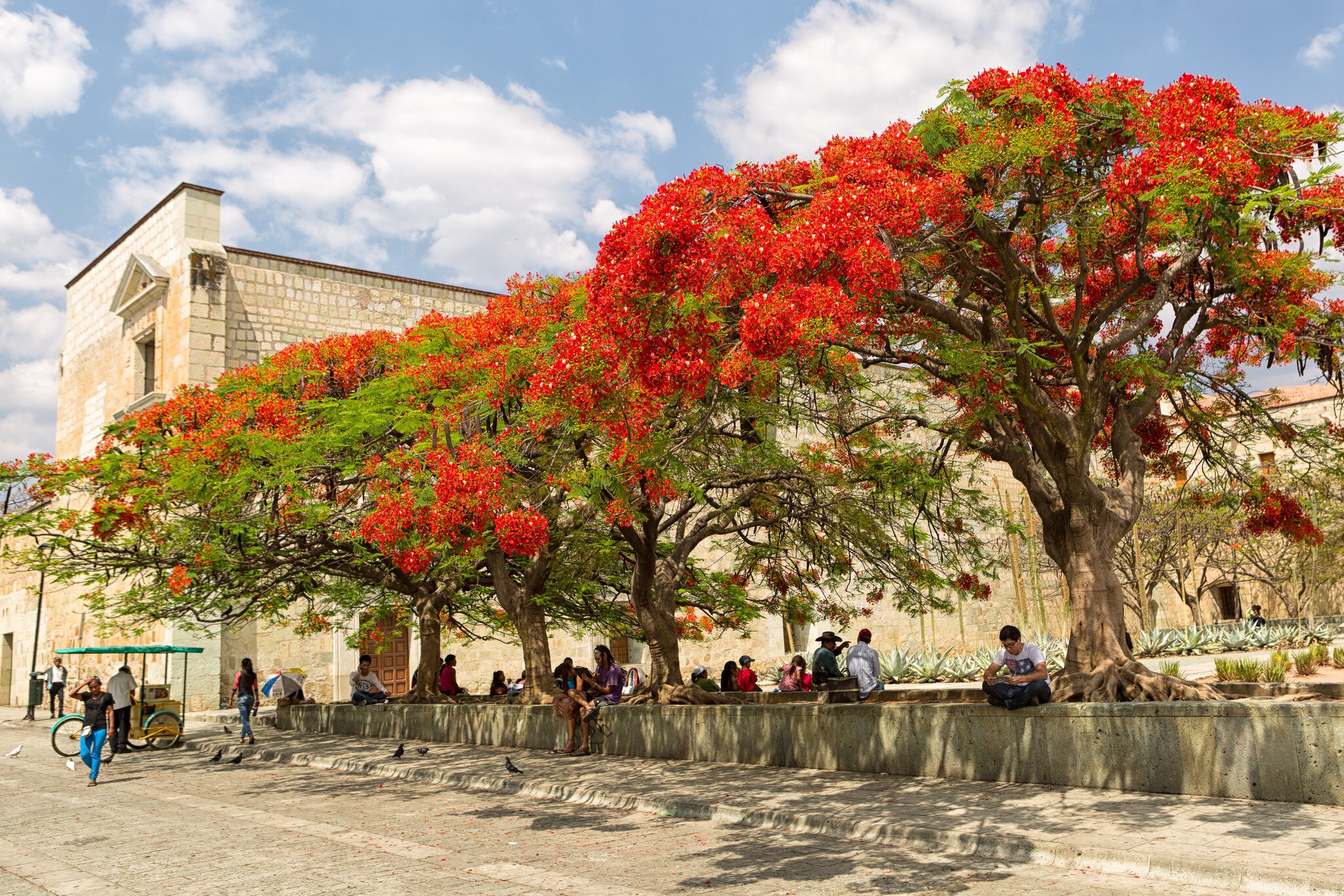
Paris will see exciting changes in 2025, from museum openings to urban beaches along the Seine and handy new transport options for both locals and tourists. PositiveTravelArt/Shutterstock
If you’re planning a trip to Paris this year, you’re far from alone.
Paris is expecting a banner year for tourism in 2025 thanks to the afterglow of the “Olympics Games Effect.” While eye-wateringly expensive airfare and hotel prices may have deterred some tourists in 2024, French travel experts expect more visitors this year now that the bleachers have been dismantled and the sports crowds have gone.
Last year, France saw a record-breaking 100 million international arrivals to the country, driven mostly by visitors from the US and Northern Europe. And air arrivals to Paris are projected to increase 16% this quarter compared to the same period last year, after seeing a 20% spike in January arrivals alone.
Whether you’re a first-time or repeat visitor, know that quite a few developments will be changing the way tourists and locals alike experience the city. They include changes to the metro system, exciting new attractions and the ongoing, historic transformation of the Seine river.
Getting around Paris in 2025
What visitors need to know about new metro tickets
As of January 1, sweeping new changes have taken place for the metro’s ticketing system, streamlining fares and eliminating waste. Until this year, tourists had to navigate confusing zone systems and buy extra tickets for trips to the outer suburbs. Now, a single, one-way fare of €2.50 (US$2.58) – up €0.35 (US$0.36) from last year – is valid for travel on the entire network for a duration of two hours.
Prices for travel on buses and trams is set at €2 (US$2.07). Likewise, fares for travel to and from either of Paris’s main airports, Orly and Roissy Charles de Gaulle, which used to be priced differently, are set at a uniform €13 (US$13.40). Paper tickets are also being phased out this year and will likely be eliminated completely by the end of the year.
How to get metro tickets: Tickets can be purchased on the RATP mobile app, or loaded onto a Navigo Easy Travel Card, available for purchase for €2 (US$2.07) at select stations, ticket offices and approved retailers. If you’re staying for several days, consider a Navigo Weekly Ticket instead of individual tickets, as this is often a better value for visitors who will be relying on public transport throughout their stay.
New rail routes will connect France to European cities
For visitors looking to combine Paris with other European destinations, 2025 brings plenty of new rail options. Spanish rail operator Renfe is scheduled to launch a new high-speed route connecting Toulouse to Barcelona this spring, with stops in the French and Spanish cities of Carcassonne, Perpignan, Figueres (the birthplace of Salvador Dalí) and Girona. Meanwhile, Italian operator Trenitalia has also announced plans to bring back its high-speed Paris–Milan route on April 1 after a 2023 landslide interrupted service for 19 months. The Italian operator is also set to launch a Paris–Marseille route this year, allowing you to pair your city break with a Mediterranean escape.

Arts and culture in Paris in 2025
An iconic art museum opens on the Right Bank
Paris will gain a major new art destination with the reopening of the Fondation Cartier, which has moved from its current location on the Left Bank to Place du Palais Royal, near the Louvre. When it opens its doors near the end of the year, it will encompass 92,000 sq ft (8457 sq m) of floor space and include a 120-seat auditorium, bookshop and restaurant. Several times bigger than its current home, the new gallery will be able to exhibit between 600 to 800 artworks.
The Centre Pompidou is closing (but you can still see its art)
While Paris gets a major new art museum this year, another landmark museum will temporarily close. In March, the Centre Pompidou, home to the largest collection of modern art in Europe, will gradually close its exhibition spaces until fully shutting its doors in September. Over the next five years, the building will undergo a major renovation and deep clean that includes improved accessibility and asbestos removal before reopening in 2030. In the meantime, selections from its collection will be exhibited at other cultural institutions around the city, including the Louvre and the Grand Palais.
Notre-Dame celebrates its first full year back in operation
After its celebrated reopening in December 2024, this year marks Notre-Dame’s first full year back in operation. While entry remains free, a new ticketing system has been introduced. Reservations can be booked a few days in advance. You can still visit without a ticket, but you'll likely have to queue.
Planning tip: Evening visits tend to be less crowded, and reveal a new lighting system that showcases the restored stained glass to beautiful effect.
The Grand Palais is reborn
After opening in phases to host events like Olympic competitions (taekwondo and fencing matches took place here) and a Dolce & Gabbana exhibition in January, the Grand Palais will full reopen to the public in June. Originally built for the Exposition Universelle of 1900, the monumental exhibition hall has undergone a four-year refurbishment that restored the building’s iconic glass roof, balconies and facade. This reopening will also see the return of the Palais de la Découverte, a science museum tucked into the west wing of the venue, and a new Children’s Palace for kids ages 2–10.
An art installation will transform the Pont Neuf
For just one month this fall, the oldest standing bridge in Paris, the Pont Neuf, will be given over to a monumental art installation. In homage to artists Christo and Jeanne-Claude – who wrapped the entire bridge in woven polyamide fabric 40 years ago – French street artist JR will also transform the bridge into an immersive installation. Only this time, it will be metamorphosed into a cave, with rock-like formations that dramatically alter the Parisian skyline. Projet Pont Neuf runs September 1–30 and will be free.

Outdoor Paris: new ways to experience the city in 2025
Paris’ new Seine-side beaches open in 2025
This summer marks the inaugural year that the public will be able to take a dip in the Seine, following a mammoth €1.4 billion (US$1.45 billion) clean-up project and a trial run during the Olympics. Three new sites – Bras Marie (walking distance from Notre-Dame), Bras de Grenelle and Bercy – will open along the waterway, turning one of the world’s most romanticized rivers into a public urban beach. The new swimming areas will complement the city’s annual Paris Plages (Paris Beaches) event, which transforms the banks of the Seine into a summer-long outdoor festival.
The Olympic Cauldron returns as a permanent nighttime installation
One of the hottest tickets of the Paris Olympics wasn’t a sporting event, but rather entry to see the flame-free cauldron at the Jardin des Tuileries. Back by popular demand, the cauldron – a giant ring of artificial fire tethered to a hot air balloon that rises at dusk – will return to the Jardin des Tuileries every summer until the Los Angeles Olympics in 2028. This summer, the cauldron will return between June 23 and September 14. Entry is free, but reservations may be required.
Fun fact: It was at the Jardin des Tuileries in 1783 that the first manned, hydrogen-powered hot air balloon took flight.
Practical information for visitors to Paris in 2025
New tourist services
Some sad news for travelers who like to visit physical reception centers for face-to-face conversations with tourist advisors: citing changes to visitor consumer habits and declining use, Paris closed its last remaining tourist-information center earlier this year. In its place, the city has set up a dedicated telephone concierge that includes an instant messaging service via WhatsApp, and a web app called My.ParisJeTaime that offers booking services and city guides. Select newsstands and post offices identifiable by the signage “Official Tourist Info Point” will also serve as local information points.
How to access the new service: Visitors can contact the telephone concierge service seven days a week between 9am and 6pm at 01 49 52 42 81; via the online messaging service; or by email at concierge@parisjetaime.com. So far, official information stands include newspaper kiosks at Trocadéro (120 avenue Kléber) and by the Musée d’Orsay (2 rue de la Légion d’Honneur), with about 30 more to come by the end of the year.






